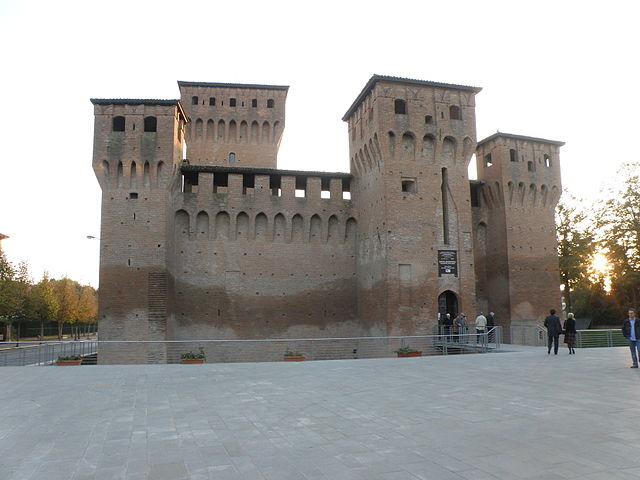
This post was written by Richard Nevell, Assistant Office Manager
Ruins are fascinating. From the columns of ancient Greece to the shattered remains of Coventry Cathedral, they evoke all sorts of emotions. Wonder, incredulity, nostalgia, reverence. During the 18th and 19th centuries they helped inspire romanticism. There’s an exhibition about them at the Tate: Ruin Lust. However, the descent into ruin is often a traumatic event.
In March 2014 the BBC reported on the damage suffered by Krak des Chevaliers, a 13th-century crusader castle in Syria and a World Heritage Site. The damage inflicted during the Syrian civil war contrasted with the view of T. E. Lawrence, better known as Lawrence of Arabia, more than a century earlier, who described it as “perhaps the best preserved and most wholly admirable castle in the world”. Reasonable praise from a man who wrote a dissertation on the subject and got a First from Oxford.
While the castle still stands, one of the most important historic sites in Syria, and a piece of international history, did not escape unscathed. The BBC report shows the damage on the Hall of the Knights, a building of elegance and finery in what appears from the outside an emphatically military complex. Wikipedia has an excellent photo of the hall and it contrasts with the present state. It’s one of nine pictures on Commons of the hall, images which have gained importance as historic documents because of the changes the site has since undergone. That picture, taken in 2009 by User:High Contrast and uploaded four years later as part of Wiki Loves Monuments. Without that competition, the image may never have come to light, but now is a valuable addition to the collection of free images.

As one of the most famous castles in the world, Krak des Chevaliers is well documented in English, and much better in French. But what about less celebrated sites? In May 2012 two earthquakes struck northern Italy. Included in the damaged caused as the Rocca Estense. The Italian Wikipedia naturally has an article on the 14th-century castle, but sadly no other Wikipedias do. However, Commons hosts nine pictures of the castle, six in its state before the earthquake. Three of those images were uploaded as a result of Wiki Loves Monuments, two of them documenting the castle pre-2012.
War and earthquakes may seem a world away from the UK, but our environment is always changing. High-profile historic sites are curated and maintained, but the sheer number means that many fall into disrepair. There are more than 1,000 entries on English Heritage’s buildings at risk register. While archaeological groups may perform photographic surveys, Wikimedia Commons offers the chance for heritage to be preserved in a way everyone can share.
Next time you’re out with you’re out with your camera, maybe you can help preserve a piece of history.





